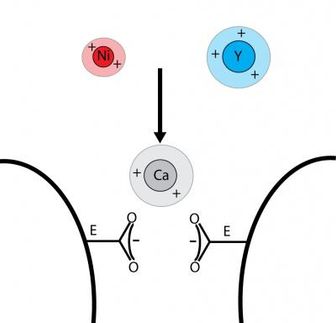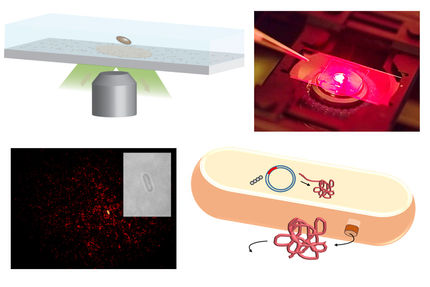Paper strips can quickly detect toxin in drinking water
Advertisement
A strip of paper infused with carbon nanotubes can quickly and inexpensively detect a toxin produced by algae in drinking water.
Engineers at the University of Michigan led the development of the new biosensor.
The paper strips perform 28 times faster than the complicated method most commonly used today to detect microcystin-LR, a chemical compound produced by cyanobacteria, or blue-green algae. Cyanobacteria is commonly found on nutrient-rich waters.
Microcystin-LR (MC-LR), even in very small quantities, is suspected to cause liver damage and possibly liver cancer. The substance and others like it are among the leading causes of biological water pollution. It is believed to be a culprit of mass poisonings going back to early human history, said Nicholas Kotov, a professor in the departments of Chemical Engineering, Biomedical Engineering and Materials Science and Engineering who led the project.
Water treatment plants---even in developed countries---can't always remove MC-LR completely, nor can they test for it often enough, Kotov said. The biosensor he and his colleagues developed provides a quick, cheap, portable and sensitive test that could allow water treatment plants and individuals to verify the safety of water on a more regular basis.
"The safety of drinking water is a vital issue in many developing countries and in many parts of the United States," Kotov said. "We've developed a simple and inexpensive technology to detect multiple toxins."
The technology could easily be adapted to detect a variety harmful chemicals or toxins in water or food.
The sensor works by measuring the electrical conductivity of the nanotubes in the paper. Before the nanotubes are impregnated in the paper, they are mixed with antibodies for MC-LR. When the paper strips come in contact with water contaminated with MC-LR, those antibodies squeeze in between the nanotubes to bond with the MC-LR. This spreading apart of the nanotubes changes their electrical conductivity.
An external monitor measures the electrical conductivity. The whole device is about the size of a home pregnancy test, Kotov said. Results appear in fewer than 12 minutes.
To adapt the biosensor for other toxins, Kotov said, scientists could simply replace the antibodies that bond to the toxin.
Original publication: Libing Wang et al.; "Simple, Rapid, Sensitive, and Versatile SWNT-Paper Sensor for Environmental Toxin Detection Competitive with ELISA"; Nano Letters
Other news from the department science
Most read news
More news from our other portals
See the theme worlds for related content
Topic world Antibodies
Antibodies are specialized molecules of our immune system that can specifically recognize and neutralize pathogens or foreign substances. Antibody research in biotech and pharma has recognized this natural defense potential and is working intensively to make it therapeutically useful. From monoclonal antibodies used against cancer or autoimmune diseases to antibody-drug conjugates that specifically transport drugs to disease cells - the possibilities are enormous

Topic world Antibodies
Antibodies are specialized molecules of our immune system that can specifically recognize and neutralize pathogens or foreign substances. Antibody research in biotech and pharma has recognized this natural defense potential and is working intensively to make it therapeutically useful. From monoclonal antibodies used against cancer or autoimmune diseases to antibody-drug conjugates that specifically transport drugs to disease cells - the possibilities are enormous
























































